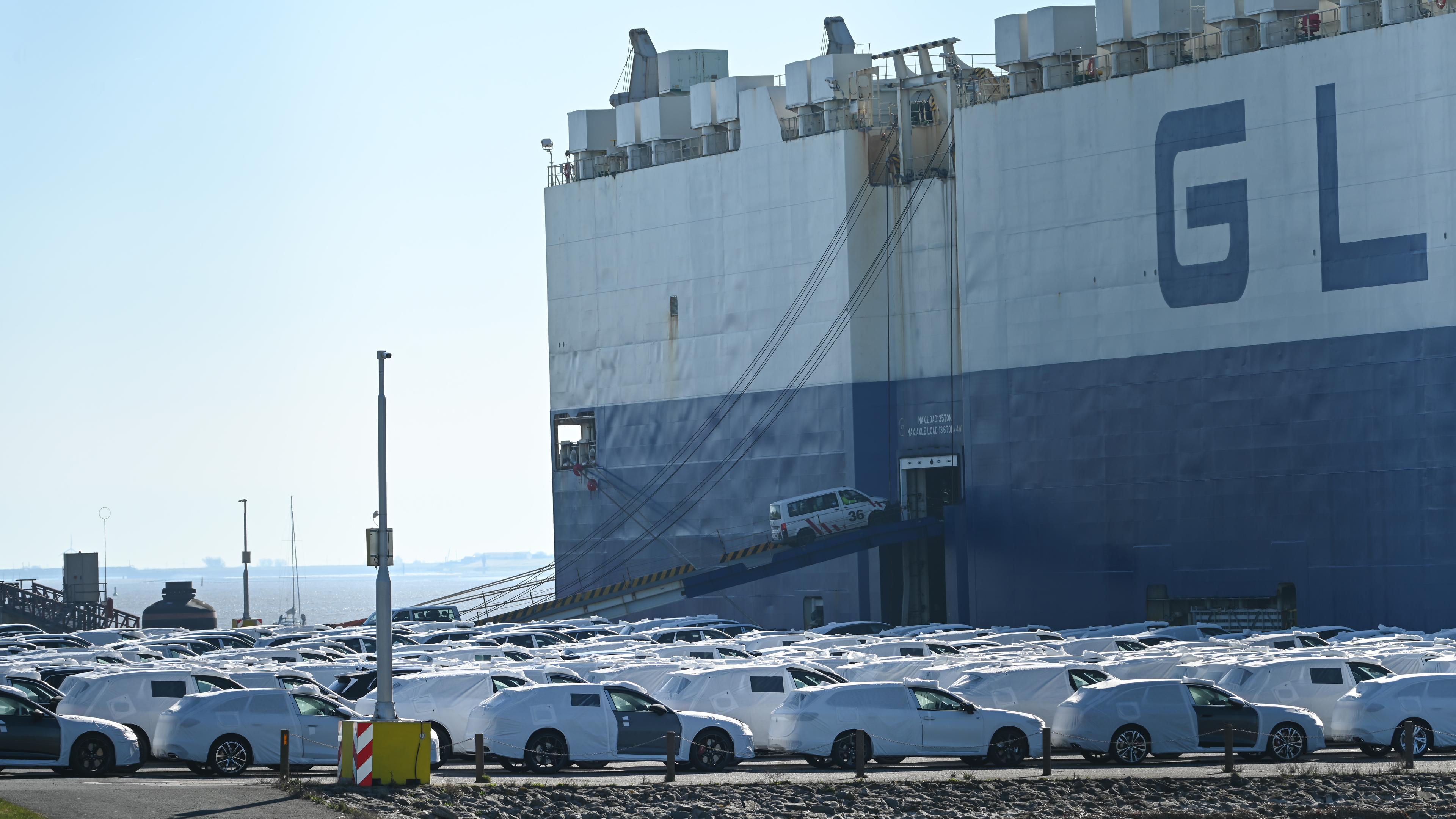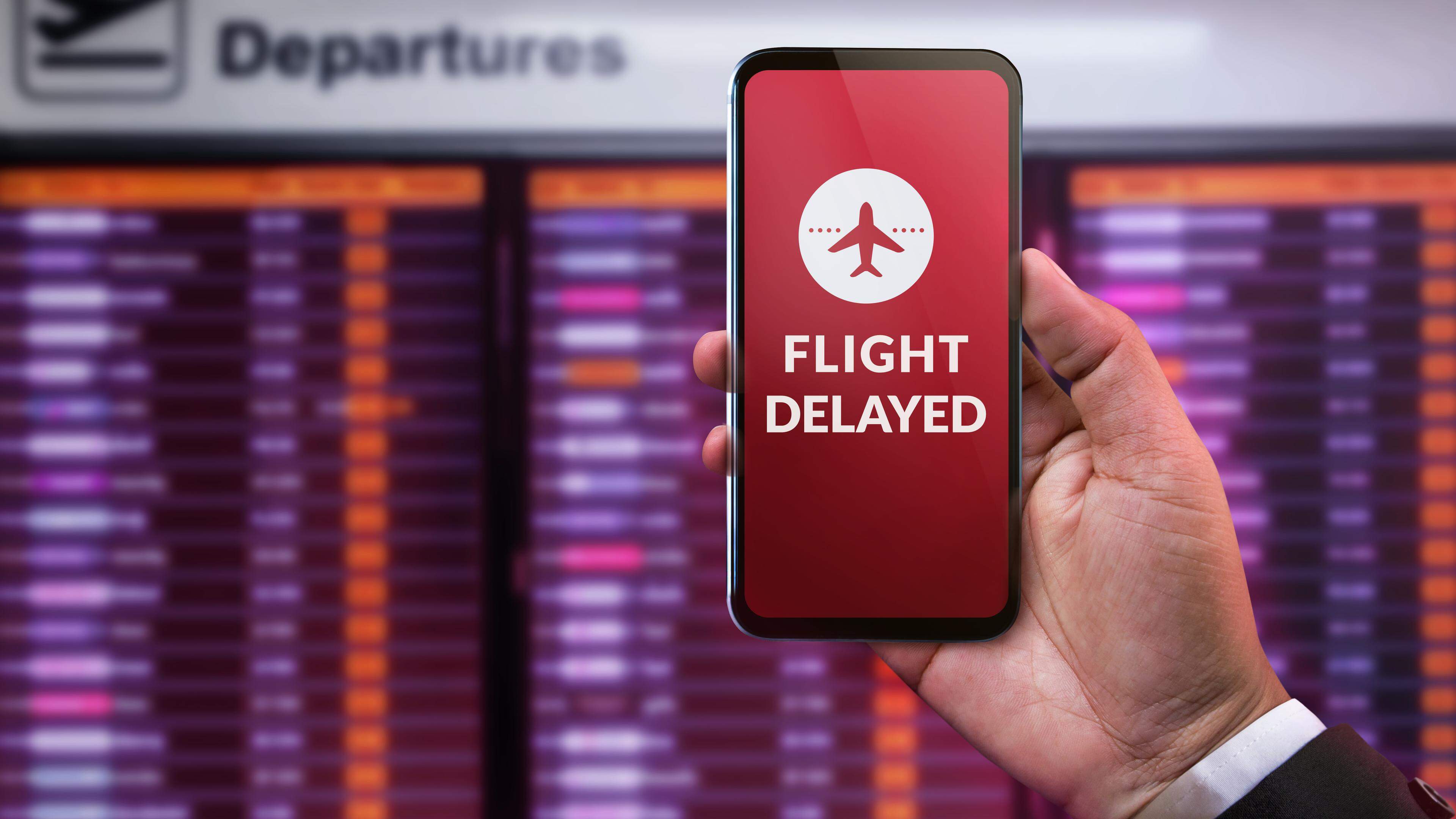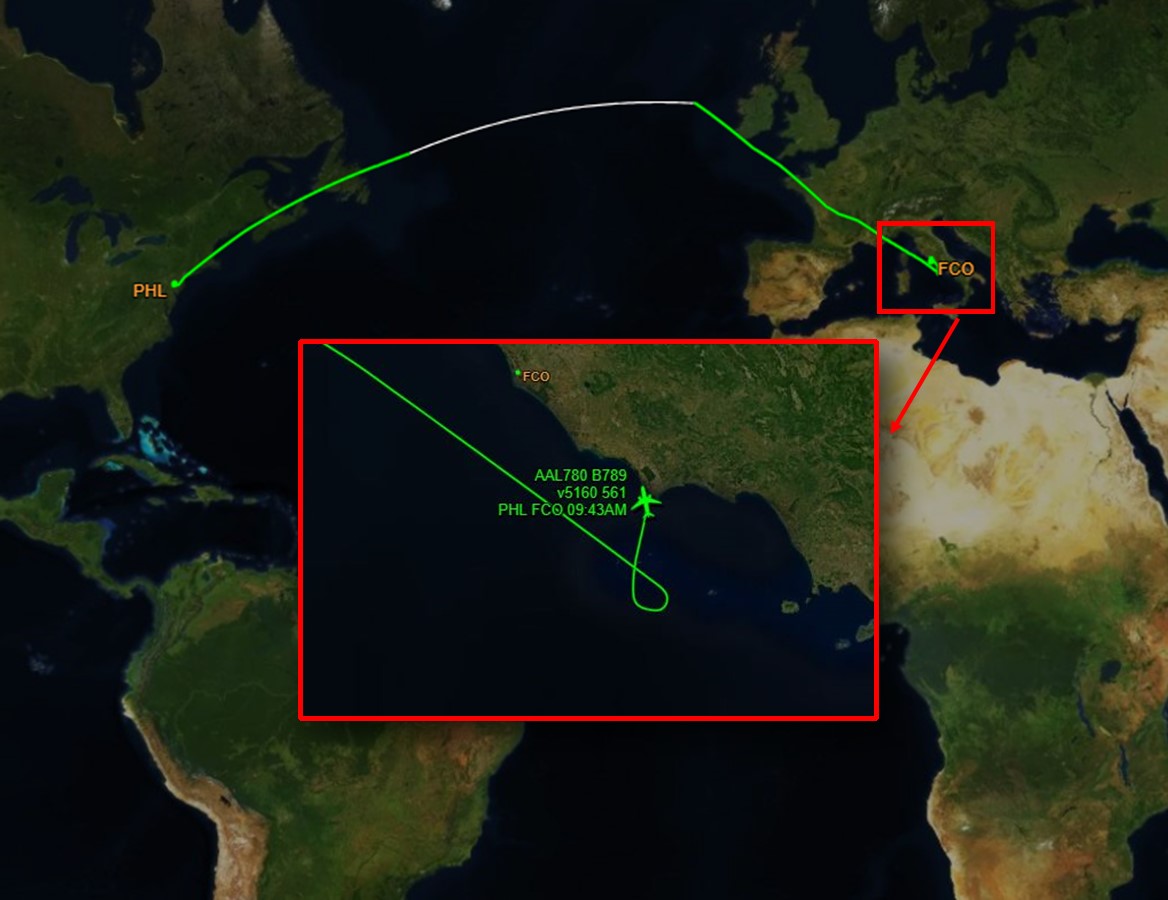Europe to Lesotho: This is what Trump’s global customs package looks like

For weeks, US President Donald Trump had threatened with a comprehensive XXL customs package. But the details of his announcements remained vague and partly contradictory. The uncertainty caused concern worldwide – also in the European Union. Now Trump has presented his plans. They are not only complex, but also unprecedented.
What has Trump announced?
From Saturday, the United States occupies a flat rate of ten percent of tariffs from all countries. In addition, the US government announced a complex mechanism that provides for higher tariffs for many countries. This will apply from April 9th. A consultant Trump described these countries as the « worst culprit ». What is meant are those with which the United States have a particularly large trade deficit.
Trump’s declaration of war on the world: the mega-US customs package
At this point, the Americans speak of the occupancy with mutual tariffs – that is, a principle of reciprocity. Her argument: Many countries made it difficult to import US products, which can no longer be offered. « The idea is that we treat other countries as they treat us, » said a consultant Trump.
Washington not only includes tariffs, but also trade barriers such as subsidies, strict import guidelines, theft of intellectual property and currency manipulation in their calculation. These barriers are « far worse » than the actual tariffs, it says from the White House.
The US government has now determined a percentage for each country that is supposed to map both tariffs and these other trade barriers. From this, the corresponding customs then derived to imports from these countries. It is about half as high as the value determined by the Americans and difficult to check. Why only half? Trump explains this with his mildness and says: « We are good people. »
What does that mean for the EU?
For the European Union, this means that exports of its member countries to the United States will be occupied by 20 percent from next week. Germany as the third largest economy in the world is not listed individually in the customs list of the White House, but falls under the provisions for the EU. Trump not only criticizes the EU for higher tariffs, it also complains about the VAT raised in Europe than a significant trade barrier for US products. However, the argument is questionable, because VAT is equally due for products from the EU.
The Americans have calculated that the European Union tariffs in the amount of 39 percent impair US imports – all trade barriers should be taken into account. How exactly the US government determined this value is unclear. The EU itself states that it is difficult for technical reasons to determine an absolute value, as an average can be calculated in very different ways. « However, if you take the actual trading in between the EU and the United States, the average customs set in practice is about one percent on both sides, » emphasizes the EU Commission.
US government accidentally invites journalists into a secret chat
The customs differences with the European Union see experts in most areas rather than small. The big exception is the agricultural sector, where the EU tariffs are sometimes significantly higher than in the USA – especially on dairy products, meat, sugar and poultry. Different standards and import specifications must also be observed here. Textiles and clothing from the United States are usually subject to somewhat higher tariffs in Europe than the other way around – but the difference is sometimes minor. The other way around, tariffs on plastics, chemicals, works of art and antiques in the United States are sometimes higher than in the European Union.
Which countries now apply particularly high import fees?
Some countries hit the new tariffs particularly hard. Sometimes very small trading partners are punished, such as crisis countries such as Syria and Myanmar. The hardest punitive tariffs of 50 percent each meet the African small state of Lesotho and a French overseas area, the island group Saint-Pierre and Miquelon. Cambodia with 49 percent and Laos followed with 48 percent before Madagascar with 47 percent. Vietnam has to cope with 46 percent, for Myanmar and Sri Lanka it is 44 percent and Syria 41 percent.
For China, the second largest economy in the world to the United States, the new tariffs amount to 34 percent – in addition to the already valid punitive levies on products from the People’s Republic.
What’s next?
President Trump declared a national emergency. As a reason, the US government mentions economic and security policy risks in view of the trade deficits with other countries.
« This is not a negotiation, it is a national emergency, » replied a Trump consultant when asked whether the countries concerned could still prevent or reduce the tariffs. He made it clear that other countries could not simply announce lower tariffs on US imports in order to achieve customs reservations on the part of the United States. He cited the other trade barriers that the United States would disadvantage.
The White House announces: « The tariffs remain in force until President Trump determines that the unequal treatment caused by the trade deficit and the underlying unequal treatment has been eliminated, solved or reduced. »
Republicans get two more seats in Florida
Are there any special rules?
The United States has already imposed various penalty taxes on certain products that continue to reach before Trump’s huge customs announcement. As of today, tariffs of 25 percent should apply to all cars imported into the USA, and this punishment should take effect on auto parts at the latest on May 3. The United States also raises tariffs of 25 percent on all steel and aluminum imports. Penal levies are also due for certain imports from Canada and Mexico – but there are certain exceptions.
Nothing changes in all these specific tariffs – the new customs regulations do not apply here. A high -ranking government agent also made it clear that Trump could soon impose further specific punitive measures for certain product groups – regardless of which country they come. He explicitly called: semiconductor, medicine and critical minerals.







